Build-a-Calf Workshop
Students explore concepts of heredity in beef cattle and identify dominant and recessive traits.
Students explore concepts of heredity in beef cattle and identify dominant and recessive traits.
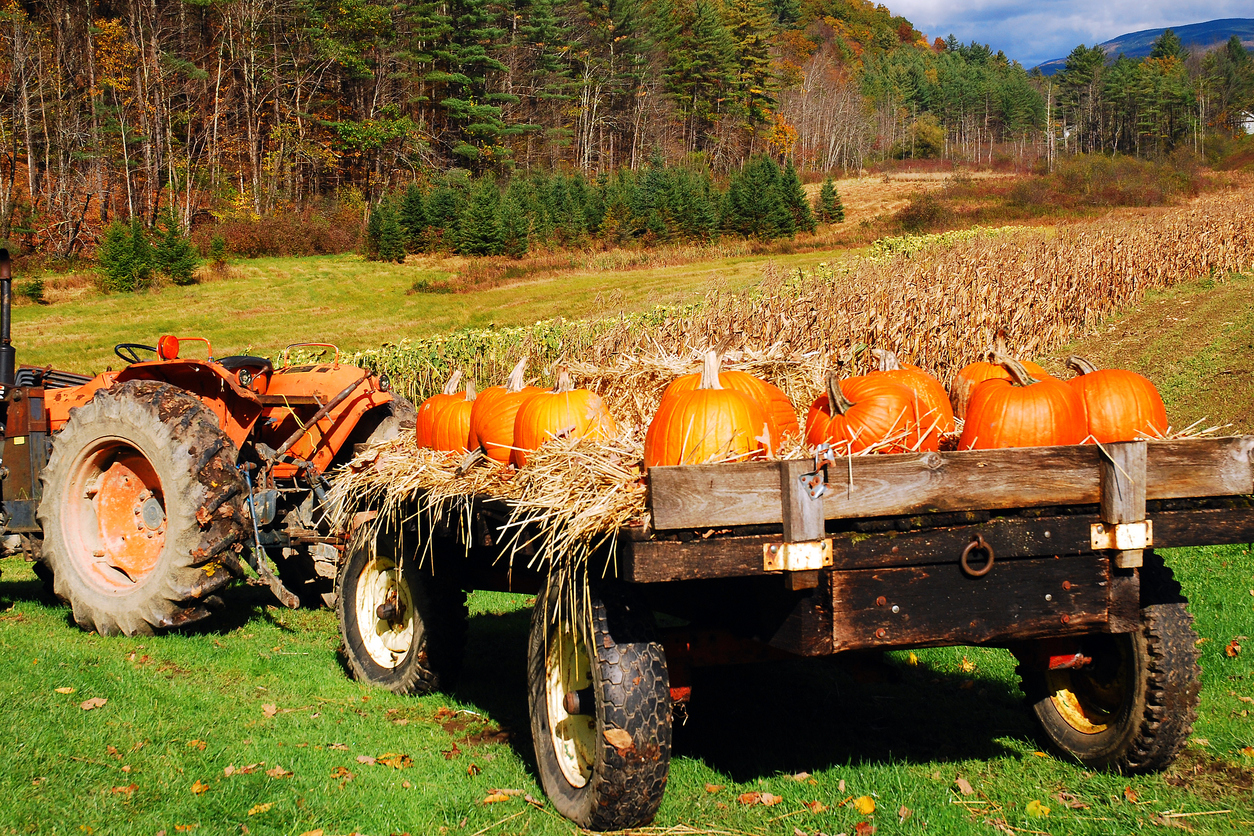
Through project-based learning, students will work in groups to design an agritourism experience that will increase profits for a family-owned farm and provide agricultural literacy opportunities for community members.

Explore the complexity of global commodity chains that link the production and consumption of agricultural products. Discover how economics, politics, infrastructure, and other conditions affect the distribution of food throughout the world.
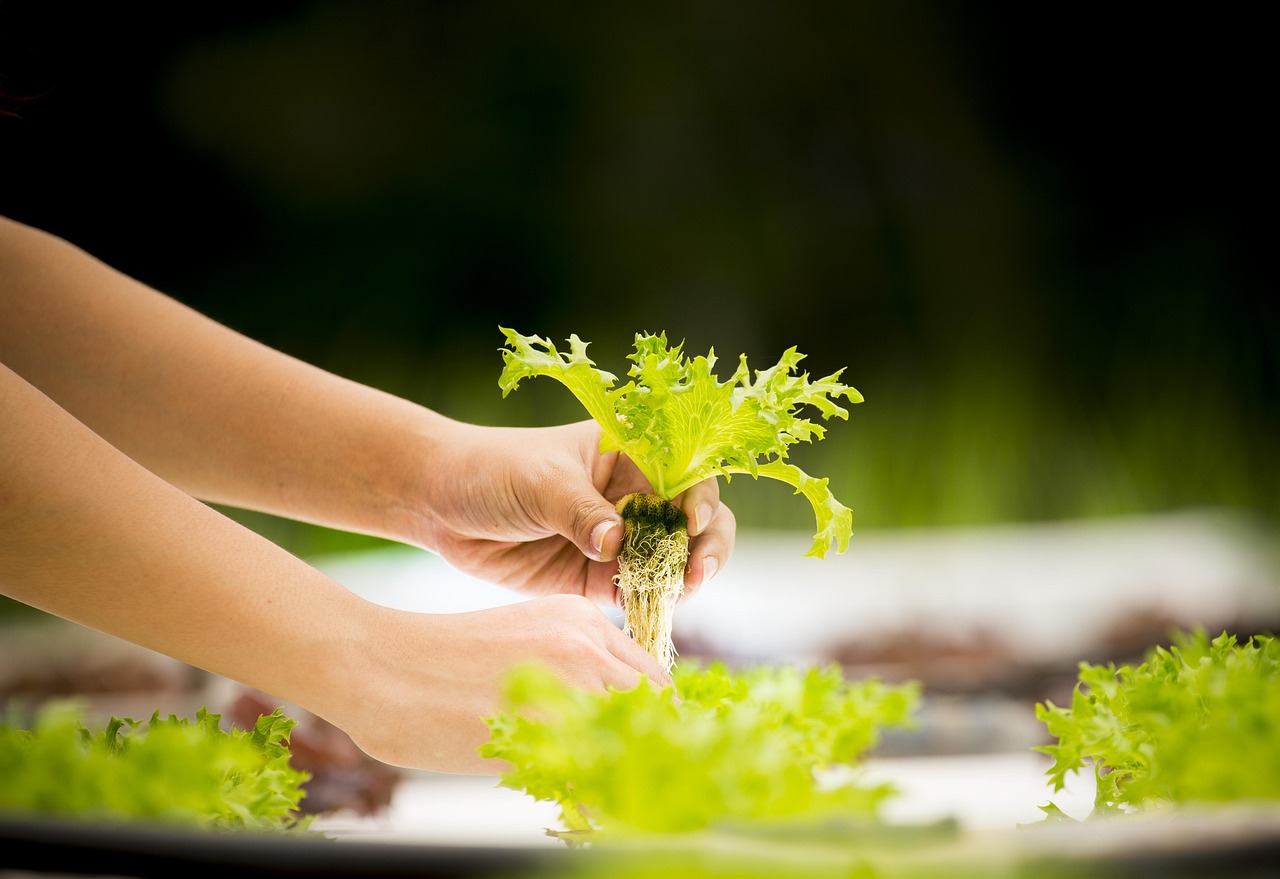
After learning the five basic requirements of plant growth, students discuss terms related to hydroponics. Students then build and maintain hydroponic units from soda bottles.

In this lesson, students will gain background knowledge of the nutrient requirements of plants, how those nutrients are obtained by the plant, what farmers must do if the nutrients are not available in soils, and current issues related to agricultural production.
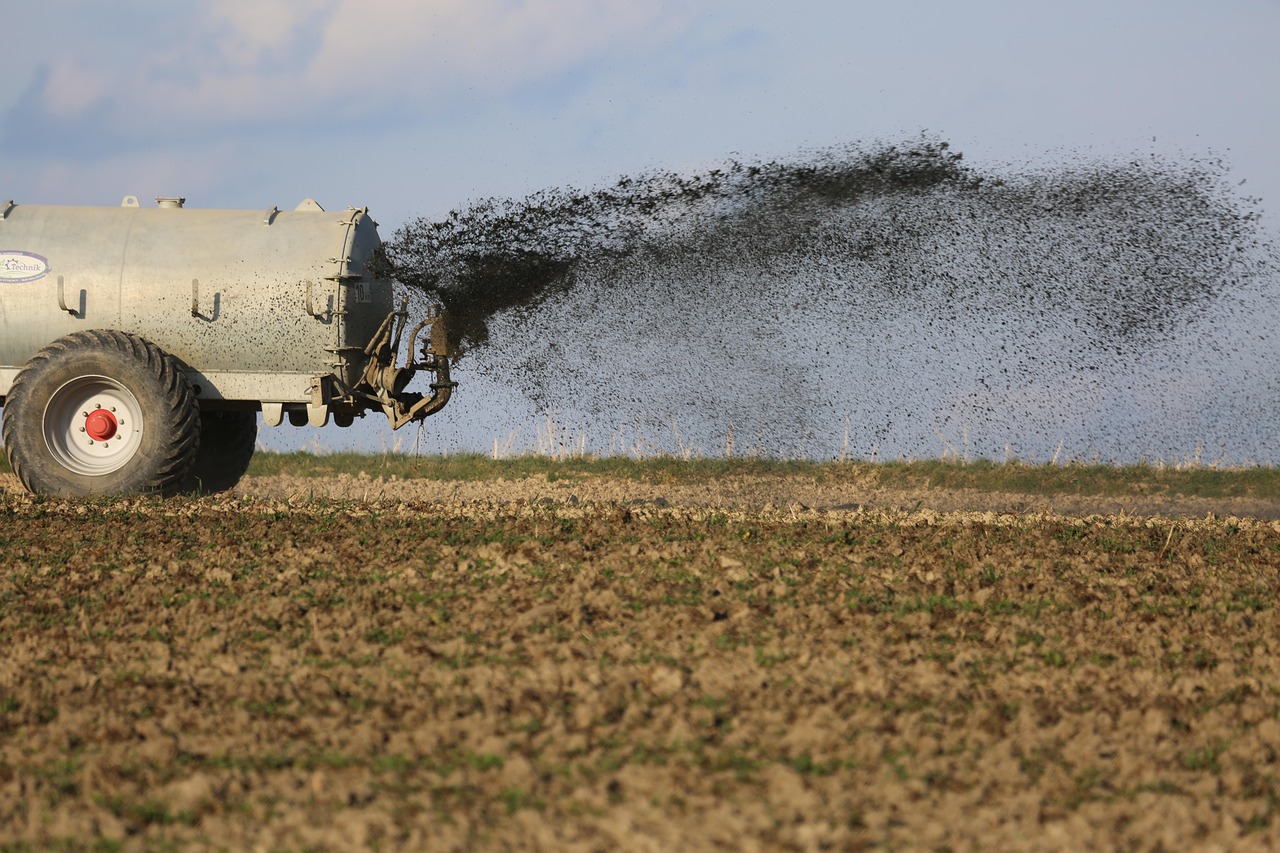
In this lesson students will understand that plants require nutrients in the proper concentrations. Students will discover that plants can be damaged or killed by either too many or too few nutrients.

Students discuss the definition of “fertilizer” and relate it to plant nutrition and the need to restore nutrient balance in agricultural soils. They discuss how people and crops can suffer from nutrient deficiencies. Students assume the roles of plant doctors and diagnose nutrient deficiencies in corn plants.
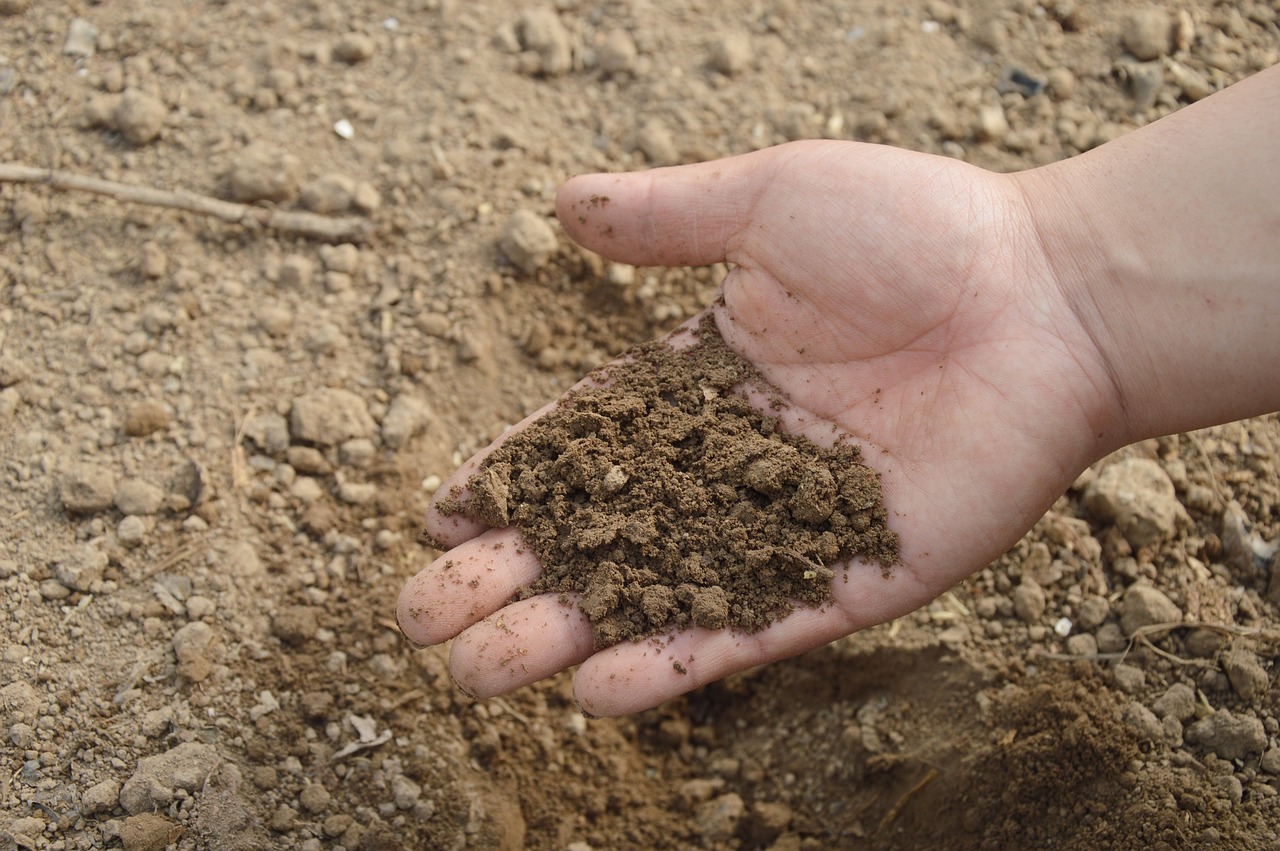
Students examine the components of different soils and recognize how sand, silt, and clay particles affect air space and water absorption.

Students will recognize that plants remove nutrients from the soil, explain the roles of diffusion and active transport in moving nutrients from the soil to the plant, and relate the root and vascular systems of the plant to the human circulatory system.
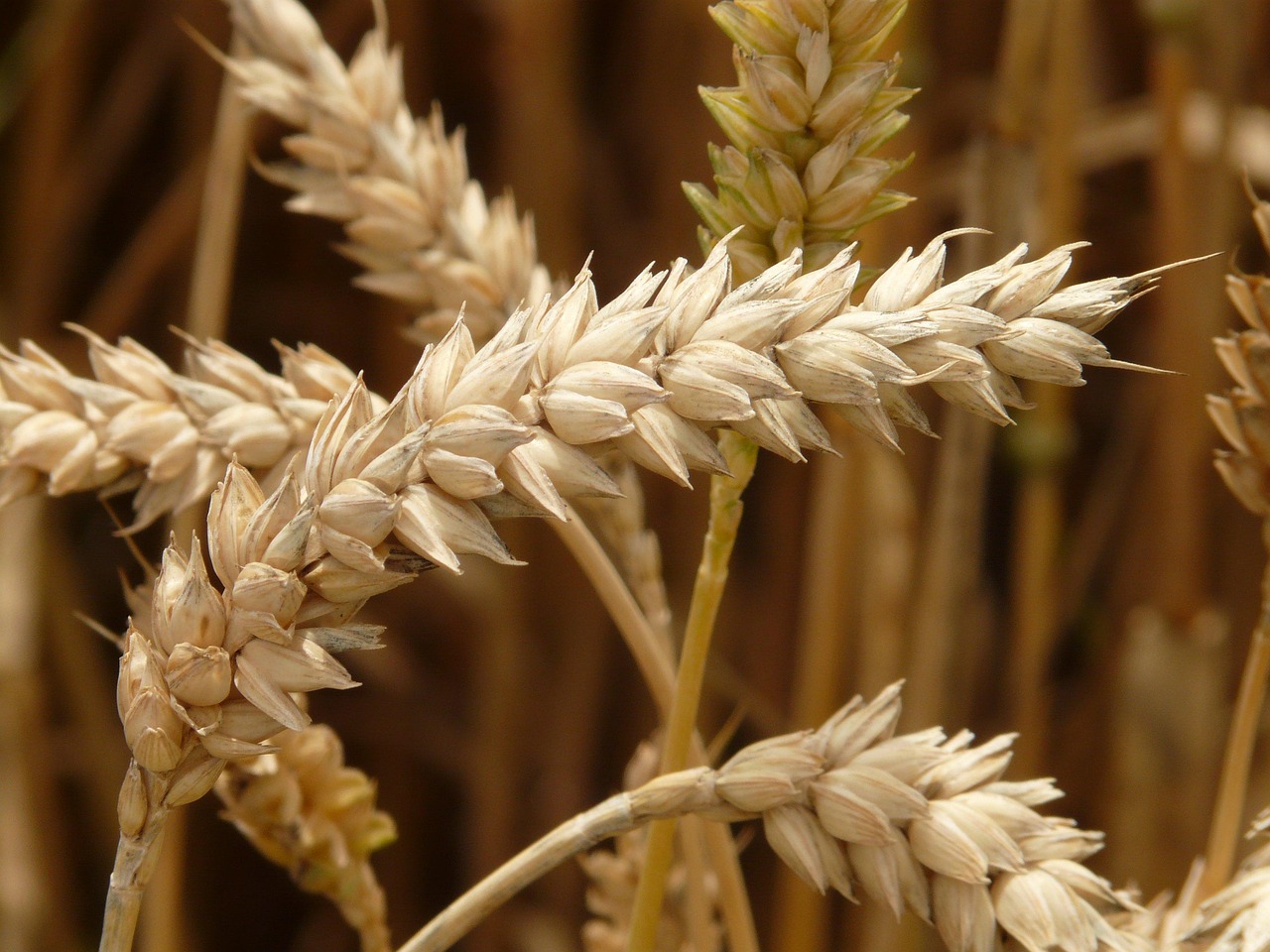
Students will learn the physical components and nutritional composition of a grain, understand the function of the protein gluten in the structure of bread products, and investigate how mechanical and chemical digestion begins with salivary amylase in the mouth.
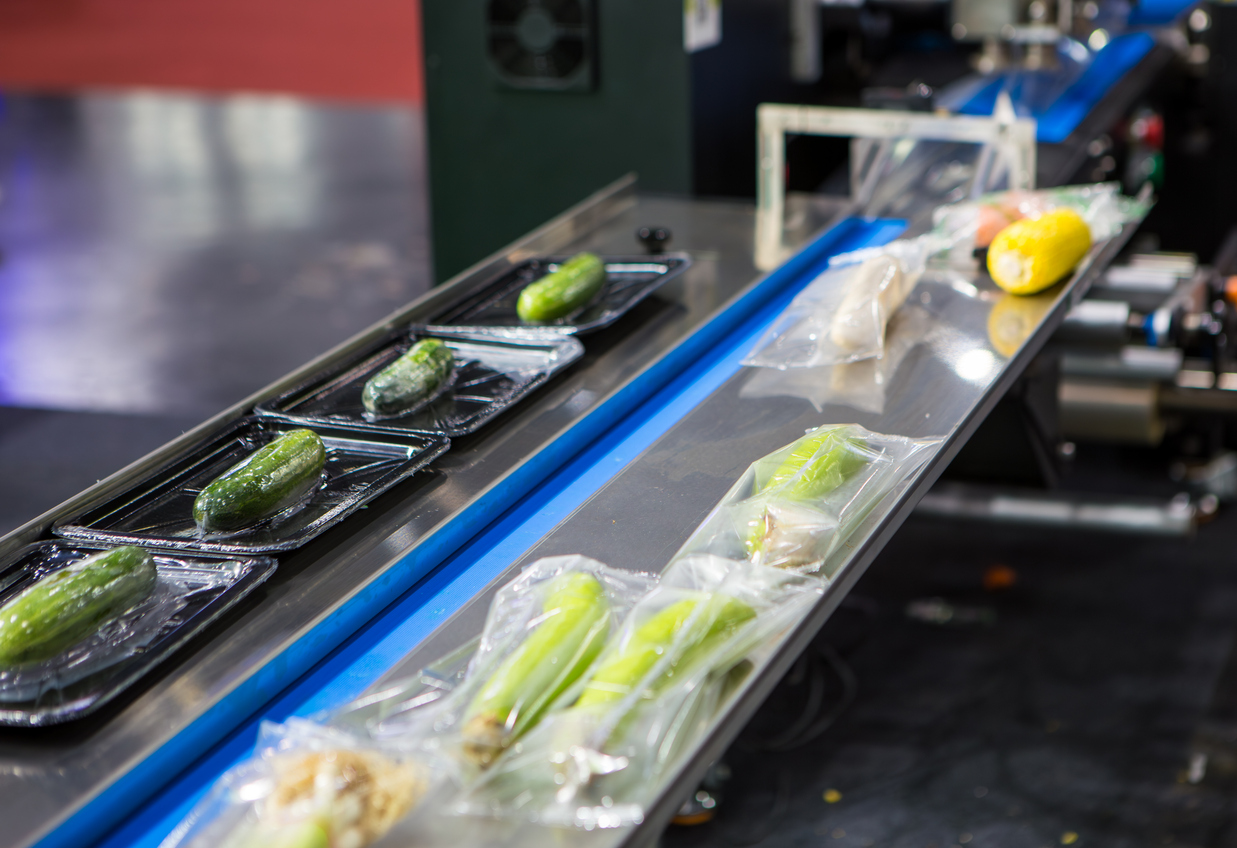
Students explore different levels of food processing and the ways in which processed foods affect the health of our diets by looking at examples of foods from the grocery store and by closely examining food labels.
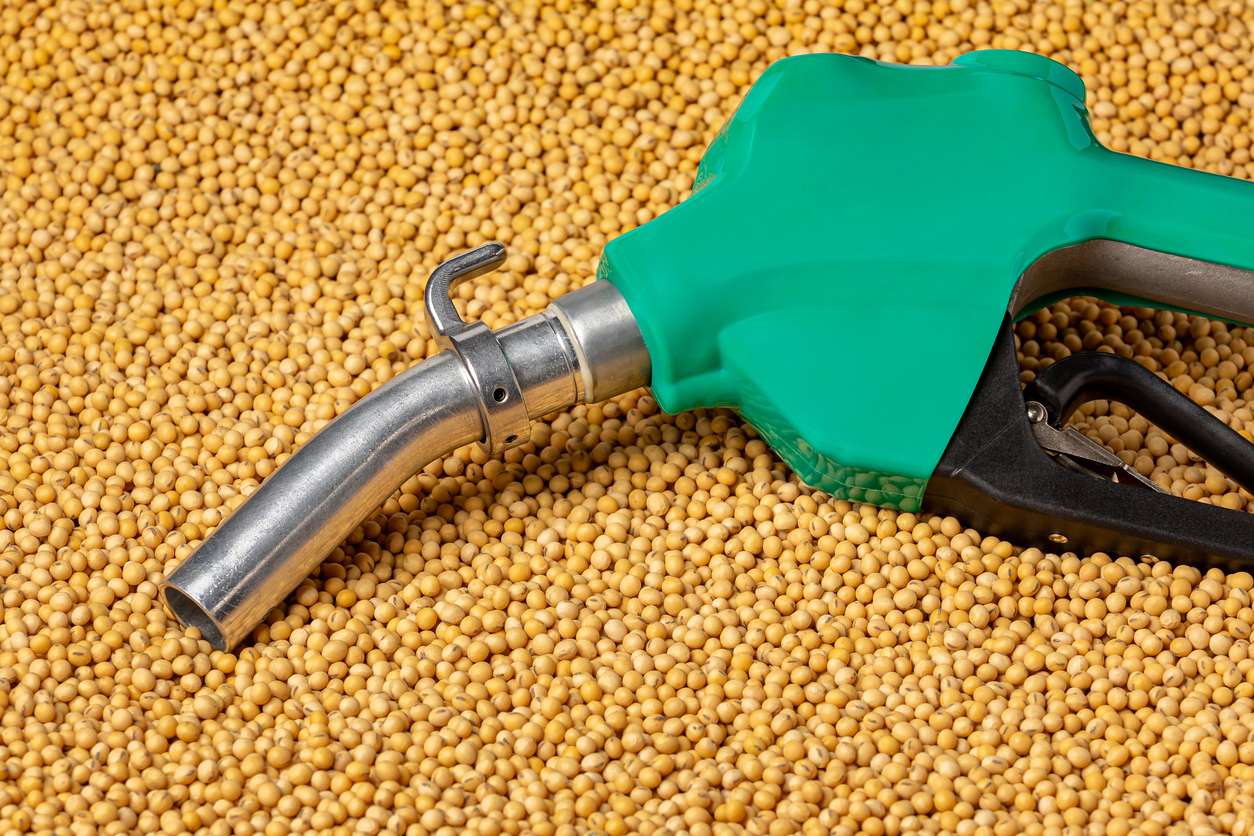
Students will discover potential careers in agriculture with a focus on the growing field of biofuel development.